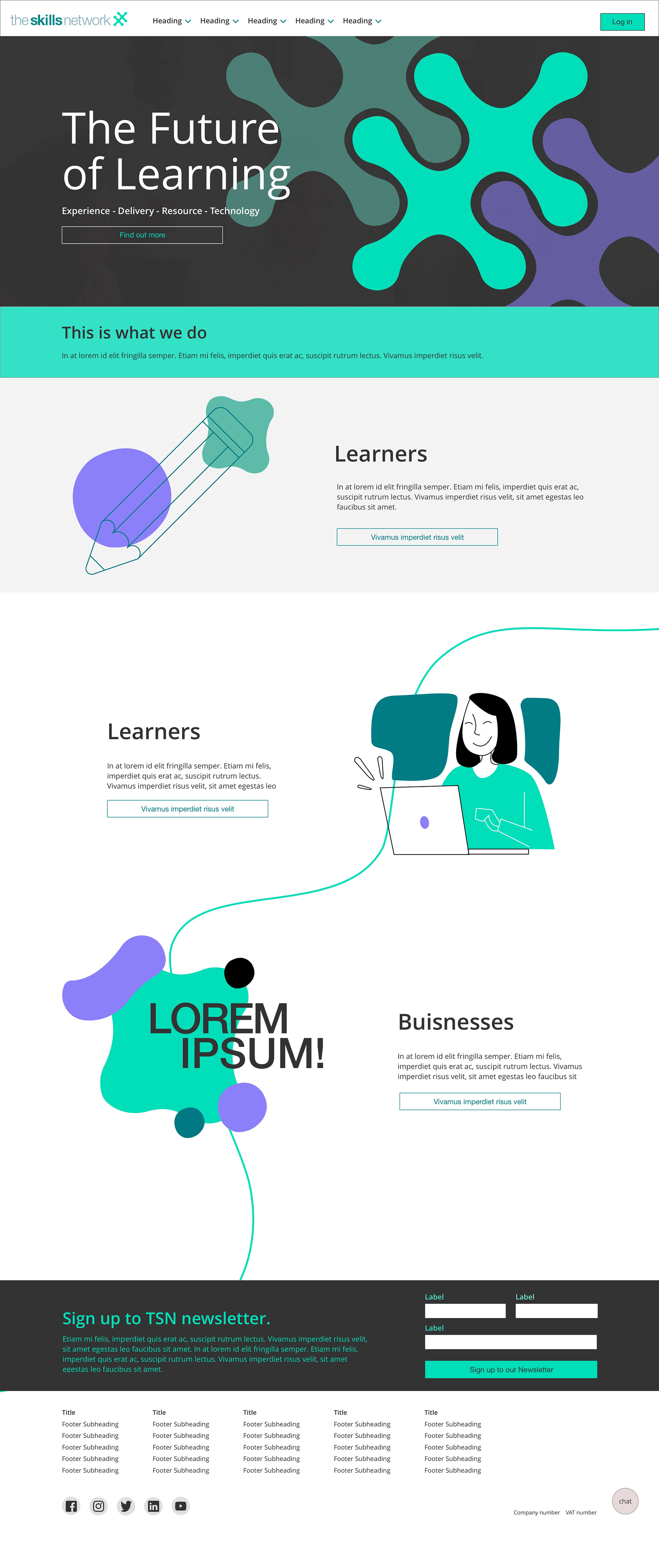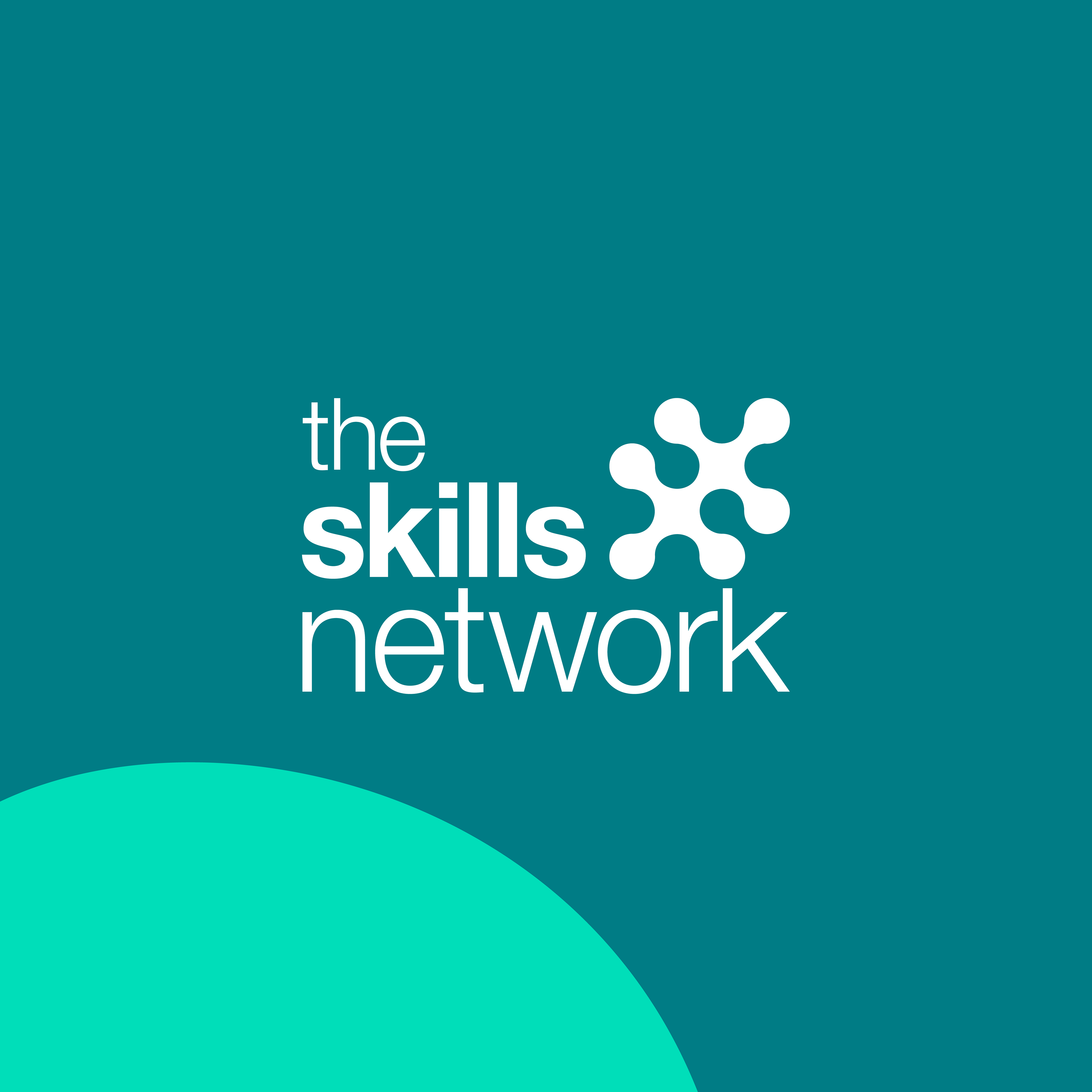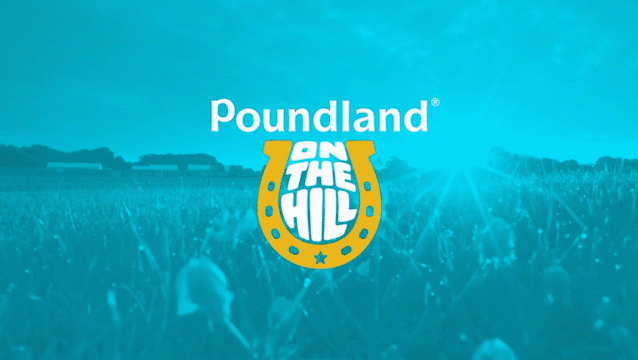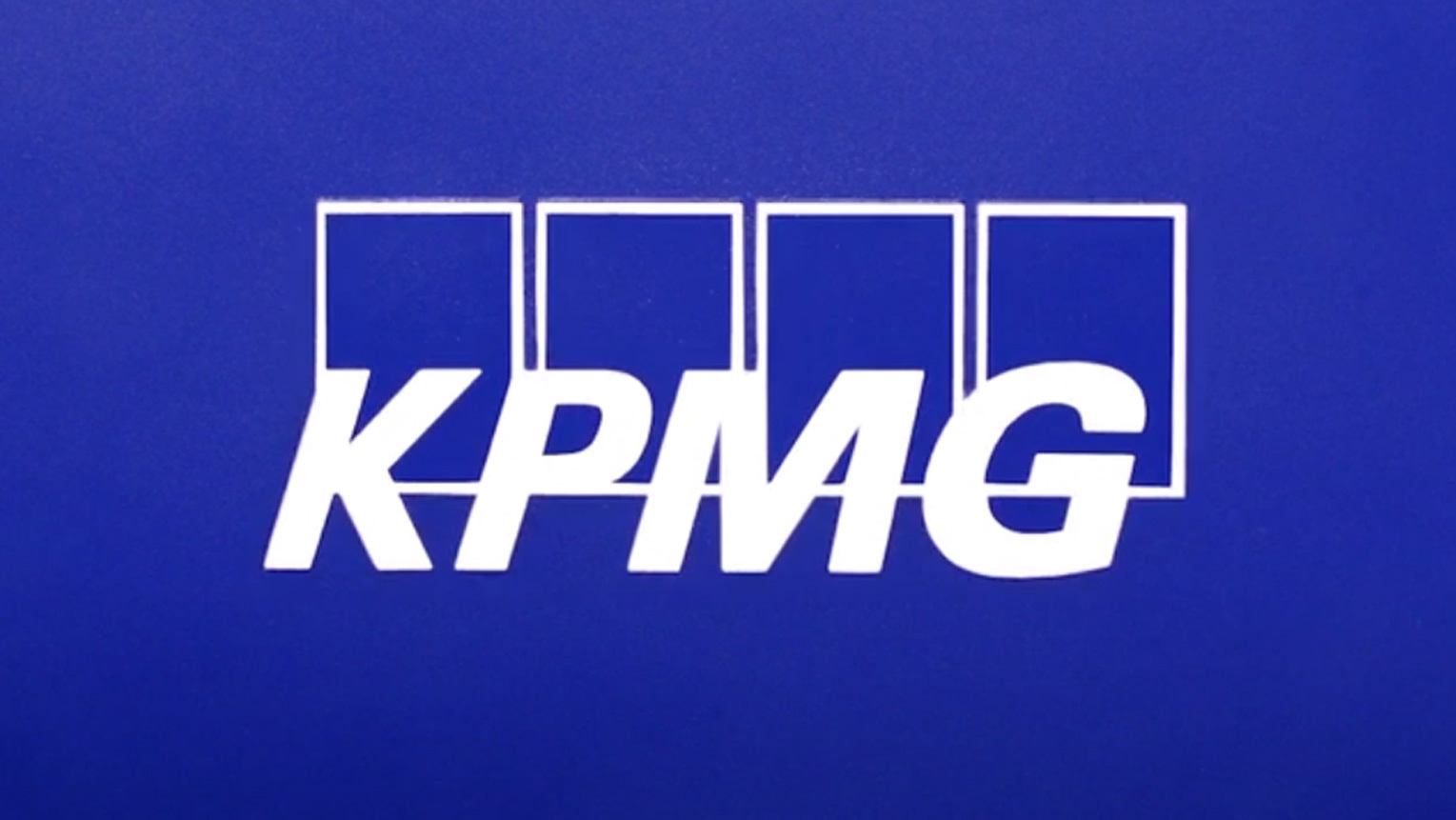The Beginning
My initial task upon starting the project was to review all of The Skills Networks' user facing interfaces and content, identifying any obvious gaps.
Immediately two obvious problems stood out:
Very minimal responsive implementation for the site and learning app, meaning that users couldn't complete most signup processes or forms on anything other than desktop devices.
Zero consideration for any basic accessibility standards.
Based on these two findings I proceeded to facilitate user interviews to find out how clients used the website as well as access BI to pull data around typical devices and ways people accessed The Skills Network.
The results were shocking.
73% of users were trying to sign up and access via mobile despite the site not being compatible. Through the interviews it also became clear that most users really struggled with the length and complexity of the various forms they had to fill in to sign up for a course or get funding for one. Many would start on mobile and then switch to desktop to be able to complete the process. There were also a high number (≈30%) of users who struggled with accessibility, one of the main complaints being the lack of contrast due to how the brand colours had been utilised. Many also mentioned the unclear labelling and confusing use of industry language and acronyms.


























